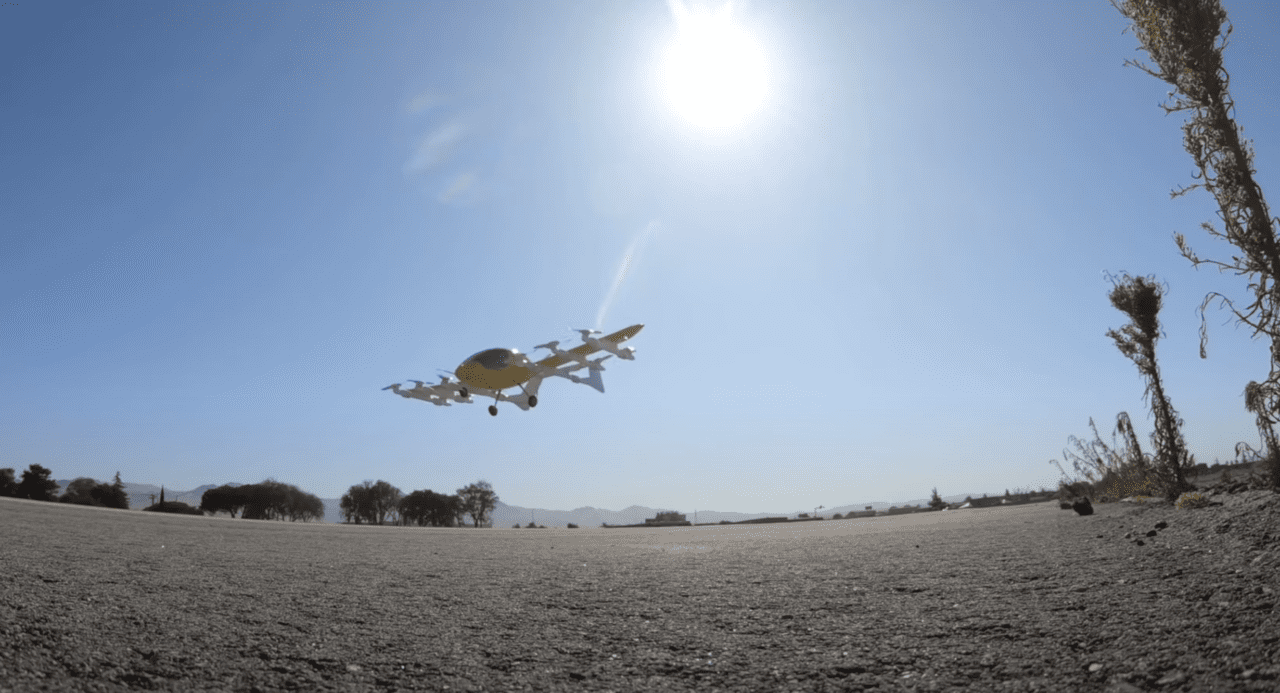
Wisk and the City of Long Beach have joined in a two-year partnership to determine the economic impact of advanced air mobility (AAM) operations in Long Beach and other areas. (Photo: Wisk)
Wisk Aero, an advanced air mobility (AAM) company, just announced a partnership with the Long Beach Economic Partnership to conduct a study on the economic impact of AAM operations in Southern California. Over the next two years, Wisk and the City of Long Beach will coordinate in bringing together local government, business, and community leaders in a working group focused on autonomous flight and the implementation of AAM in Long Beach.
The working group will initiate research into four components of AAM integration, according to Wisk:
- Analysis of economic impact and workforce development
- Community acceptance and outreach
- Integration of autonomous AAM into city transportation plans
- Federal and state government funding opportunities
To explore the economic impact of AAM operations, both Wisk and the Long Beach Economic Partnership (LBEP) will support the Cal State Long Beach Office of Economic Research in conducting the study and expect to have results later in 2022. “Autonomous, all-electric AAM represents the next revolution in commercial aviation and promises significant economic benefits with minimal environmental impact,” remarked Randal Hernandez, co-chair of the working group who has served as chair of the Long Beach Economic Partnership and was previously chairman of the City’s Economic Development Commission.

Pictured above is Wisk’s sixth-generation eVTOL aircraft. (Photo: Wisk)
Wisk’s CEO, Gary Gysin, remarked that Long Beach is an ideal choice for integrating electric vertical take-off and landing (eVTOL) aircraft due to its location in Los Angeles and the role that the growing aerospace industry has played in Long Beach’s economic recovery from the COVID-19 pandemic. 2.7% of employment in Long Beach comes from the aerospace industry, and those jobs have increased at least 48% since 2018, according to Seiji Steimetz, the chair of economics at Cal State Long Beach.
Robert Garcia, Mayor of the City of Long Beach, agrees that aerospace innovation is particularly strong there. “We have produced some of the world’s most modern aircraft, are leading in the space economy, and will now be home to new technologies in Advanced Air Mobility,” he said in the press release from Wisk.

Long Beach is an ideal location for integrating advanced air mobility operations, in part because of existing infrastructure such as the Long Beach Airport. (Photo: Wisk)
Last month, Wisk received a $450 million investment from Boeing, intended to assist Wisk in development of its self-piloted eVTOL aircraft in addition to scaling up manufacturing. To date, Wisk has received support in developing its eVTOL and advancing AAM through partnerships with Blade Urban Air Mobility, Kittyhawk, and NASA. Part of Wisk’s goal in advancing AAM is to leverage infrastructure that already exists, such as airports that can be repurposed as vertiports and stations for charging electric aircraft. For Wisk, a key feature of the City of Long Beach is its airport—specifically its accessibility as well as its proximity to lots of industrial space.